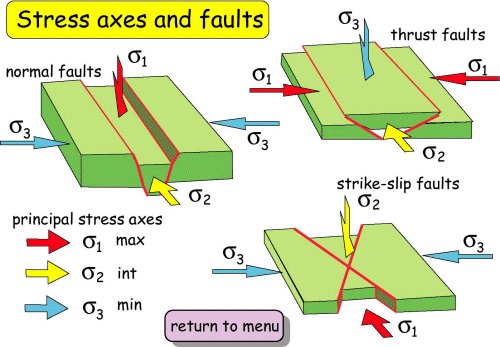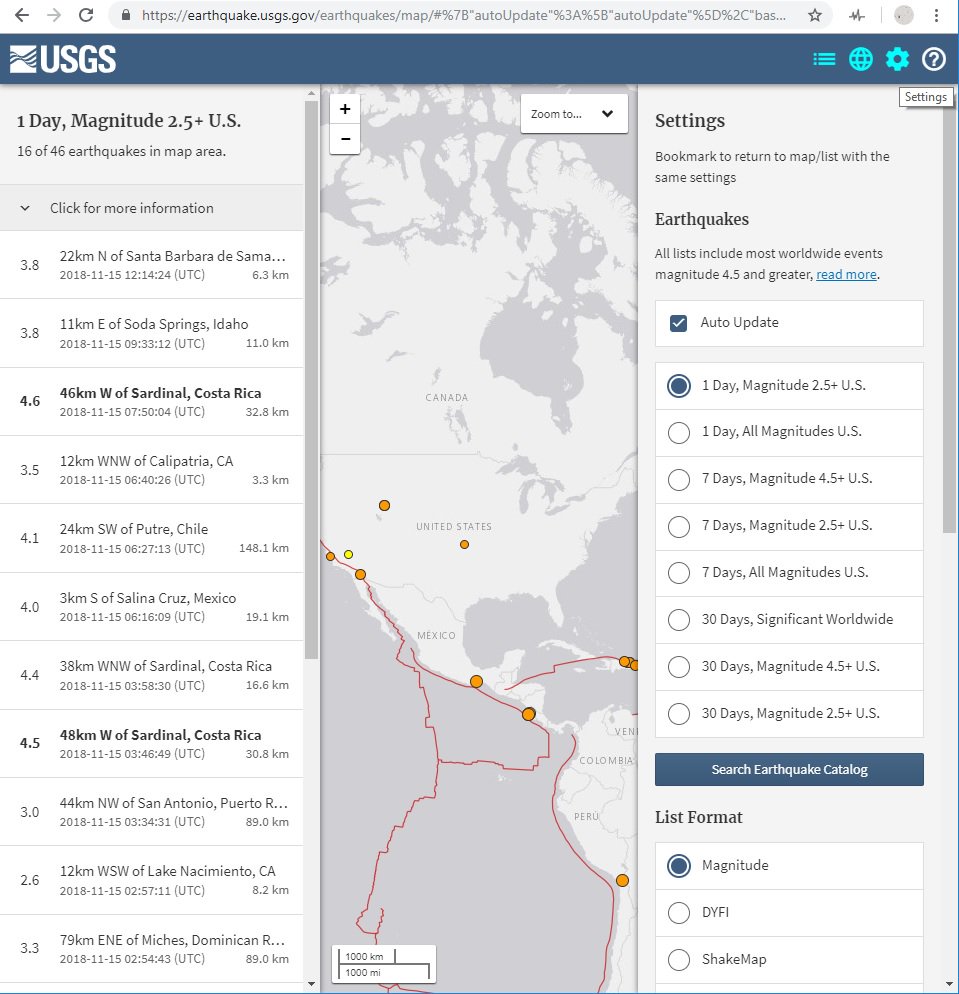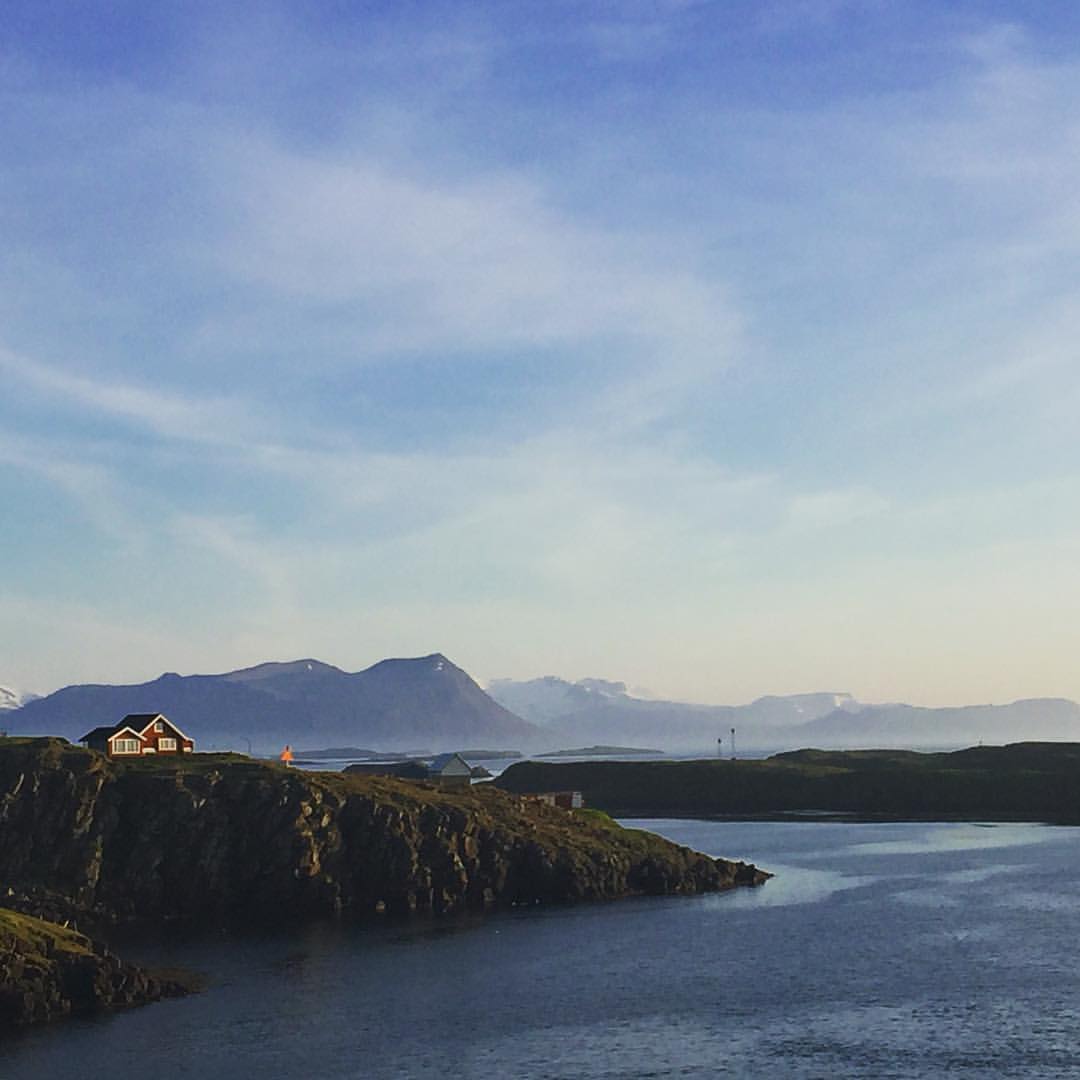
Rotational curation account for geoscientists & earth scientists, a new tweep every week or fortnight.
How to get URL link on X (Twitter) App


https://twitter.com/GeoSciTweeps/status/1063436049131716608



 Earlier today I introduced the different types of faults - strike-slip, reverse, normal & oblique. Focal mechanisms - also known as beachball plots - graphically display the alignment (strike), inclination (dip) & type (slip/rake) of a fault in a quake 2/n
Earlier today I introduced the different types of faults - strike-slip, reverse, normal & oblique. Focal mechanisms - also known as beachball plots - graphically display the alignment (strike), inclination (dip) & type (slip/rake) of a fault in a quake 2/n https://twitter.com/GeoSciTweeps/status/1063446435818061824


https://twitter.com/GeoSciTweeps/status/1063060382443552771The most often used source for earthquake information is USGS (@USGSted). They locate quakes all over the world, with a more detailed catalogue provided for the US & their associated territories (primarily Puerto Rico). Their website is here: earthquake.usgs.gov/earthquakes/ma… 2/n


 A good trip to Iceland requires your own car and at least ten days to see everything. This guide is for a non-4WD, so I won't be sending you off into the highlands. If you do have highlands questions, feel free to DM.
A good trip to Iceland requires your own car and at least ten days to see everything. This guide is for a non-4WD, so I won't be sending you off into the highlands. If you do have highlands questions, feel free to DM.